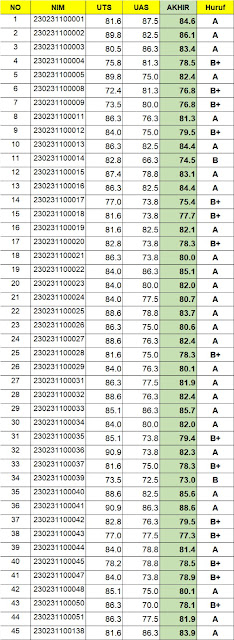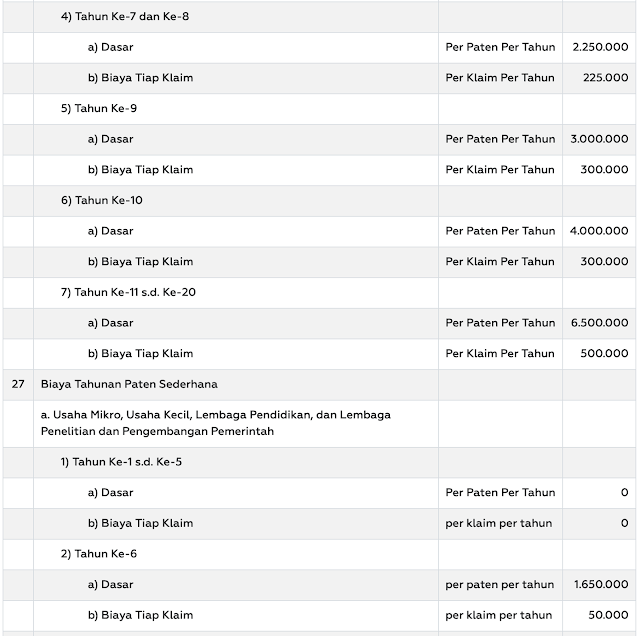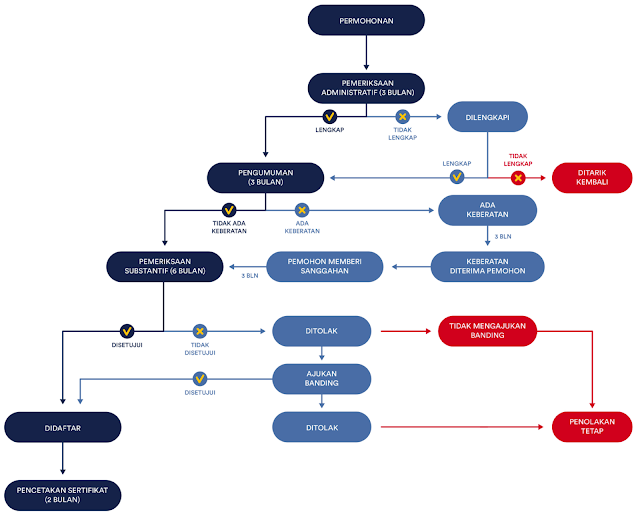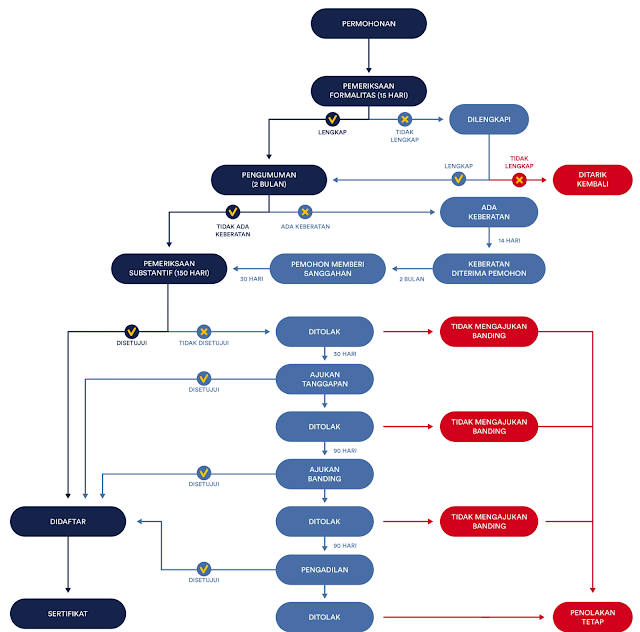Survei Biaya Hidup (SBH) adalah survei yang didesain untuk memotret pola komsumsi terkini yang berlaku secara umum di masyarakat. Adapun hasil SBH yang menjadi highlight dalam publikasi ini adalah paket komoditas dan nilai konsumsi. Paket komoditas adalah sebuah daftar yang memuat sejumlah barang dan jasa (komoditas) yang secara dominan dikonsumsi oleh masyarakat di suatu kabupaten/kota. Sementara itu, nilai konsumsi adalah akumulasi dari nilai pengeluaran yang dibayarkan untuk memenuhi kebutuhan konsumsi terhadap sejumlah komoditas yang ada dalam paket komoditas tersebut. Kedua output ini selanjutnya juga digunakan untuk memperbaharui penyusunan Indeks Harga Konsumen (IHK) sebagai dasar penghitungan inflasi di level konsumen. SBH tahun 2022 dilaksanakan di 150 kabupaten/kota yang terdiri dari 38 ibukota provinsi dan 112 kabupaten/kota lain sebagai berikut:
Dari 150 kabupaten/kota di atas, 90 kota merupakan kabupaten/kota cakupan SBH 2018 dan 60 kabupaten merupakan cakupan yang baru ditambahkan di SBH 2022. Survei ini dilakukan di daerah perkotaan dan perdesaan dengan cakupan sampel rumah tangga sebanyak 240.000 rumah tangga yang tersebar di 24.000 blok sensus.
Setiap responden dipantau pengeluaran konsumsinya dalam tahun 2022. Dalam pemantauan tersebut, pengeluaran konsumsi rumah tangga dibagi menjadi dua kelompok besar pengeluaran, yaitu:
1. Pengeluaran untuk makanan, minuman, dan tembakau;
2. Pengeluaran untuk selain makanan, minuman, dan tembakau.
Untuk setiap responden, pengamatan terhadap pengeluaran konsumsi untuk kelompok makanan, minuman, dan tembakau dilakukan selama 7 hari pada Bulan Maret untuk triwulan I, Juni untuk triwulan II, September untuk triwulan III, dan Desember untuk triwulan IV. Sedangkan pengamatan terhadap pengeluaran konsumsi selain makanan, minuman, dan tembakau dilakukan setiap bulan dengan sampel rumah tangga yang berbeda setiap triwulan (independent sample).
Langkah pertama dalam penyusunan diagram timbang untuk penghitungan IHK di masing-masing kota adalah dengan melakukan pemilihan komoditas.
Komoditas yang masuk dalam paket komoditas IHK harus memenuhi kriteria sebagai berikut:
- Komoditas yang memiliki bobot nilai konsumsi ≥ 0,02 persen.
- Komoditas yang memiliki bobot < 0,02 persen tetapi komoditas tersebut bersifat esensial/penting/khas dalam perekonomian di suatu kabupaten/kota.
- Komoditas tersebut banyak dikonsumsi oleh masyarakat kabupaten/kota yang bersangkutan.
- Komoditas tersebut harganya dapat dipantau secara terus menerus dalam jangka waktu yang relatif lama.
Sekumpulan komoditas yang terpilih selanjutnya disebut sebagai paket komoditas dalam diagram timbang IHK 2022. Banyaknya komoditas terpilih untuk masing-masing kabupaten/kota berkisar antara 177 komoditas (di Kabupaten Muara Enim) hingga 479 komoditas (di DKI Jakarta). Jumlah komoditas untuk masing-masing kabupaten/kota sampel SBH 2022.
Sementara itu, rekapitulasi total pengeluaran konsumsi rumah tangga selama setahun di 150 kabupaten/kota yang dirinci menurut 11 kelompok pengeluaran. Pengelompokan komoditas dalam diagram timbang hasil SBH 2022 didasarkan pada COICOP (Classification of Individual Consumption According to Purpose) 2018. Banyaknya kelompok dan subkelompok pengeluaran pada diagram timbang hasil SBH 2022 di masing-masing kabupaten/kota adalah 11 kelompok pengeluaran dan 27-41 subkelompok pengeluaran (variatif antar kabupaten/kota).




































